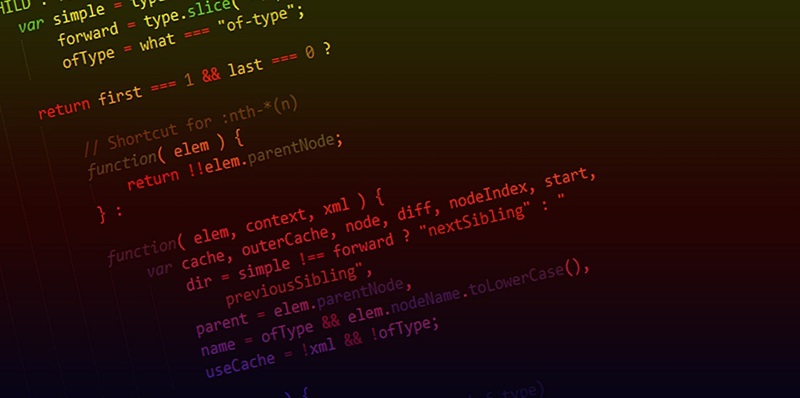In recent years, the proliferation of artificial intelligence (AI) implementations has given rise to a significant increase in AI-powered attack vectors. This article explores the evolving threat landscape, highlighting the importance of understanding and addressing these new challenges. The emergence of advanced tactics requires a comprehensive approach to cybersecurity involving proactive security measures, risk assessment, and effective governance.
Fakes as a Service: A New Wave of Threats
As the technology behind AI continues to develop at a rapid pace, new threats are on the horizon. In the coming 12 months, experts predict the emergence of what could only be termed “Fakes as a Service.” This phenomenon is expected to pose a considerable risk to individuals and organizations as threat actors harness AI to create sophisticated and convincing fake content, including deepfakes, for malicious purposes.
AI-Enabled Threat Actor Capabilities
AI enables threat actors to leverage novel capabilities for their malicious activities. Advanced psychological profiling and social engineering tactics become more refined, allowing for targeted and personalized attacks. With the ability to perform real-time analysis of their campaigns’ efficacy, threat actors can adjust their strategies on the fly, making them even more effective and difficult to detect.
Escalation in Social Engineering Attacks
The evolution of social engineering attacks marks a notable escalation in both sophistication and impact. AI-powered systems enable threat actors to gather vast amounts of personal information, allowing for tailored manipulation and exploitation. The AI algorithm’s ability to adapt and learn makes these attacks even more insidious, increasing the chances of successful deception.
AI-Driven Disinformation Campaigns
One of the most significant threats posed by AI lies in its potential to fuel disinformation campaigns. With the capability to generate highly realistic content, AI-driven campaigns aim to manipulate public opinion, posing significant challenges to the integrity of elections and global stability. Addressing this threat demands a comprehensive understanding of AI’s capabilities and the means to counteract the dissemination of false information.
AI as Attractive Targets for Cybercriminals
Enterprises are increasingly deploying AI solutions to enhance efficiency and optimize decision-making processes. However, these very systems also become attractive targets for cybercriminals. The interconnectedness of AI-driven systems and their integration into critical infrastructures raises concerns about potential vulnerabilities and the importance of robust cybersecurity measures to protect against attacks.
Critical Need for Security Requirements and Risk Assessment
The vulnerabilities inherent in AI systems highlight the critical need for defined security requirements and a well-structured risk assessment methodology in AI development tools and processes. By integrating security measures into the AI development lifecycle, organizations can proactively identify and mitigate potential risks, ensuring the privacy and integrity of AI-powered solutions.
Emphasizing Proactive Security
Traditional reactive cybersecurity measures are insufficient in an AI-dominated landscape. The focus must now shift towards proactive security, adopting a strategic approach that emphasizes anticipation and prevention. This includes leveraging technologies such as anomaly detection and behavioral analytics to detect and thwart potential threats before they can cause significant harm.
Role of Governance, Risk, and Compliance (GRC) Teams
Given the evolving threat landscape, Governance, Risk, and Compliance (GRC) teams, along with Resilience and Vulnerability Risk Management (VRM), will play a pivotal role. These teams must collaborate with technical experts to develop comprehensive policies, frameworks, and protocols that align AI implementations with existing cybersecurity standards and regulations.
Comprehensive Cybersecurity in an AI-Dominated Landscape
The future of cybersecurity in an AI-dominated landscape demands not only technological solutions but also a comprehensive understanding of the evolving tactics of cyber adversaries. Organizations must invest in robust intrusion detection and prevention systems, establish effective incident response plans, and cultivate a culture of cybersecurity awareness to safeguard against AI-powered threats.
The rise of AI-powered attack vectors presents significant challenges for cybersecurity professionals and organizations worldwide. To effectively mitigate these threats, a comprehensive approach is necessary. This includes anticipating the emerging risks, implementing proactive security measures, conducting rigorous risk assessments, and fostering collaboration between cybersecurity experts and governance teams. By taking a proactive stance and embracing the potential of AI alongside comprehensive cybersecurity measures, individuals and organizations can navigate the evolving landscape and safeguard against the ever-present threat of malicious AI-powered attacks.

